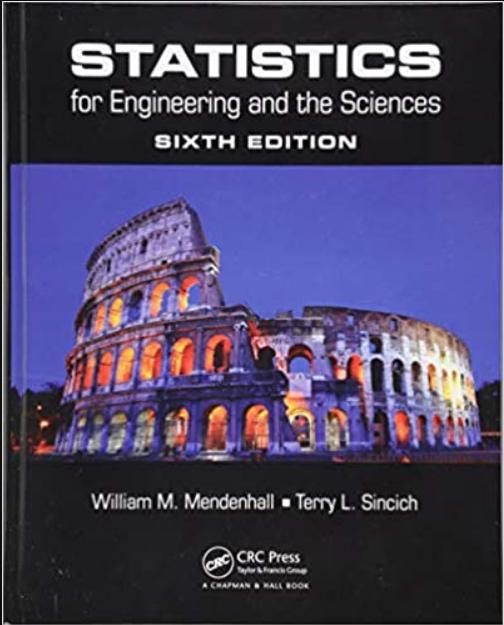Refer to the Engineering Computations: International Journal for Computer-Aided Engineering and Software (Vol. 30, No. 2, 2013)
Question:
Refer to the Engineering Computations: International Journal for Computer-Aided Engineering and Software (Vol. 30, No. 2, 2013) study of the properties of granular media (e.g., sand, rice, ball bearings, and flour), Exercise 3.62. The study assumes there is a system of N non-interacting granular particles, where the particles are grouped according to energy level, r. For this problem (as in Exercise 3.62), assume that N = 7 and r = 3, then consider the scenario where there is one particle (of the total of 7 particles) at energy level 1, two particles at energy level 2, and four particles at energy level 3. Another feature of the particles studied was the position in time where the particle reached a certain entropy level during compression. All particles reached the desired entropy level at one of three time periods, 1, 2, or 3. Assume the 7 particles had the characteristics shown in the table. Consider a randomly selected particle and let X represent the energy level and Y the time period associated with particle.

a. Find the bivariate probability distribution, p (x, y).
b. Find the marginal distribution, p1 (x).
c. Find the marginal distribution, p2 (y).
d. Find the conditional distribution, p2 (y Ι x).
Data from Exercise 3.62
Granular media are substances made up of many distinct grains— including sand, rice, ball bearings, and flour. The properties of these materials were theoretically modeled in Engineering Computations: International Journal for Computer-Aided Engineering and Software (Vol. 30, No. 2, 2013). The model assumes there is a system of N noninteracting granular particles. The particles are grouped according to energy level.
Step by Step Answer:

Statistics For Engineering And The Sciences
ISBN: 9781498728850
6th Edition
Authors: William M. Mendenhall, Terry L. Sincich





